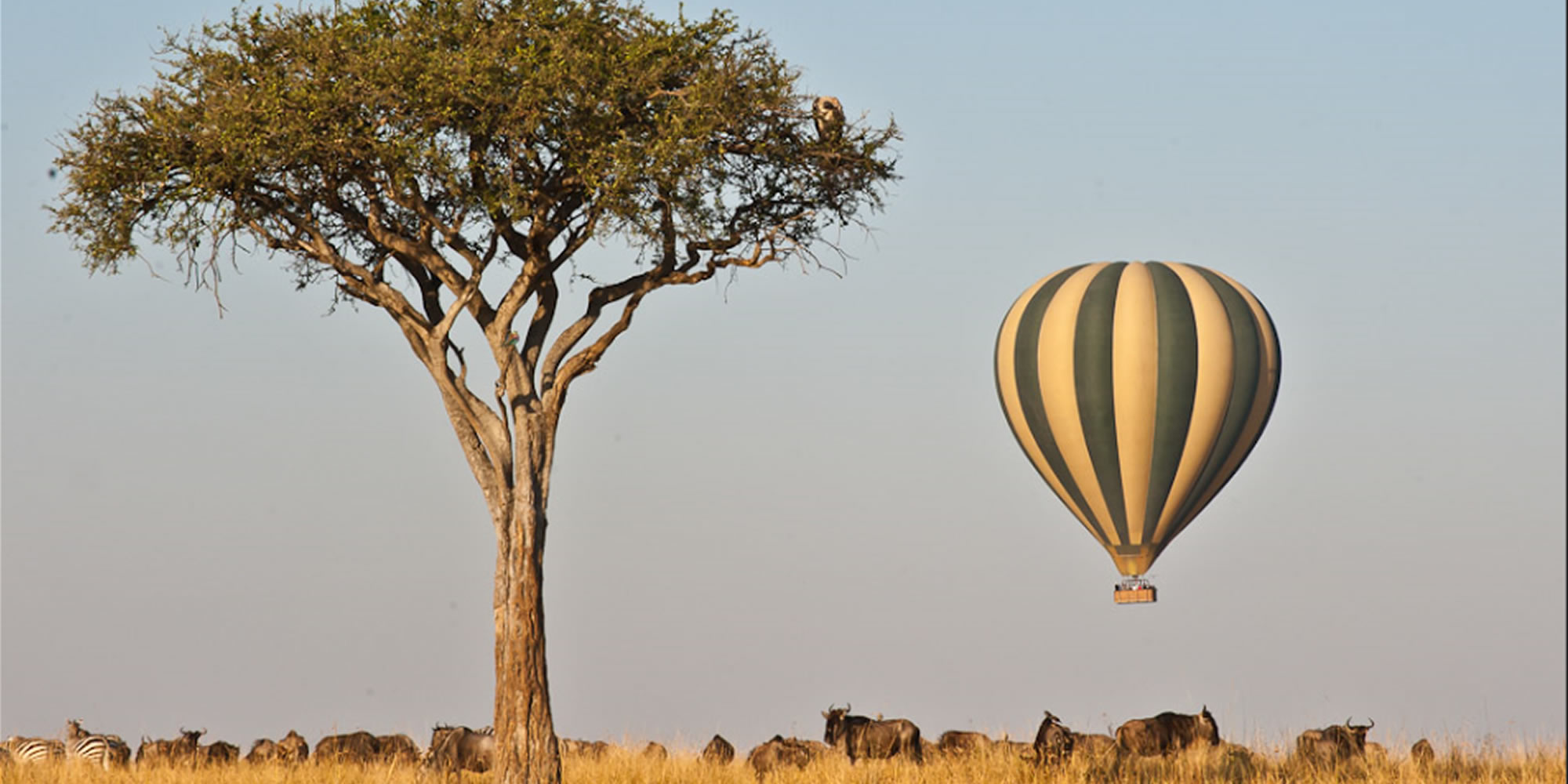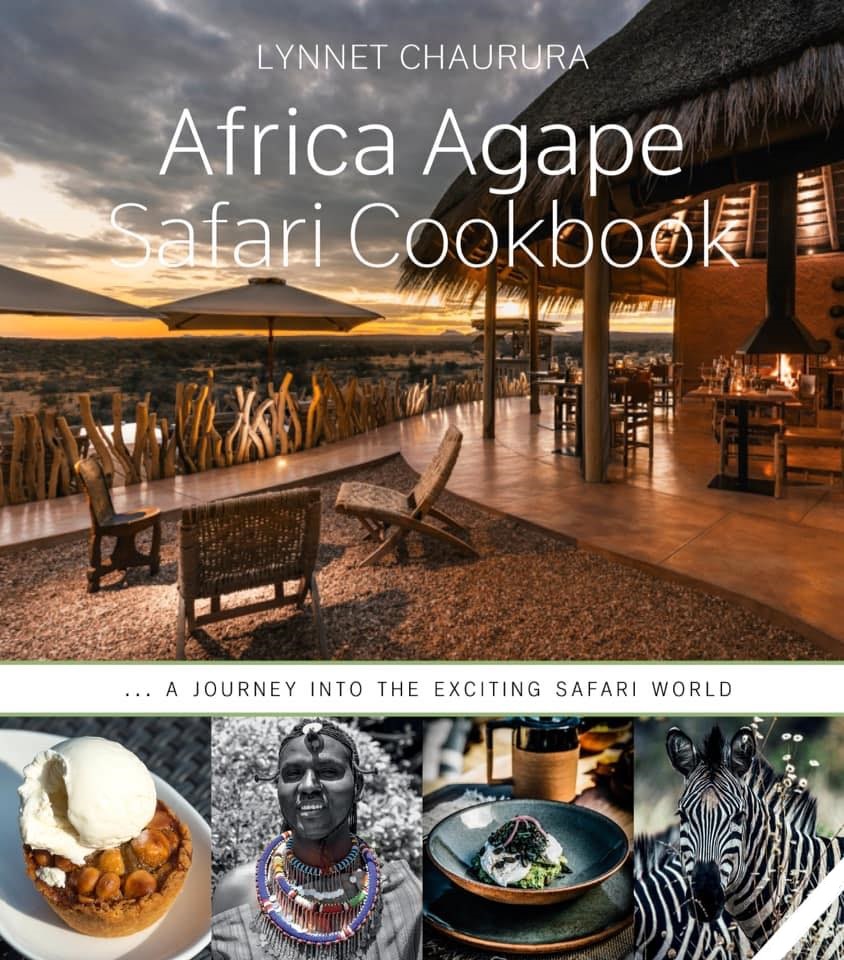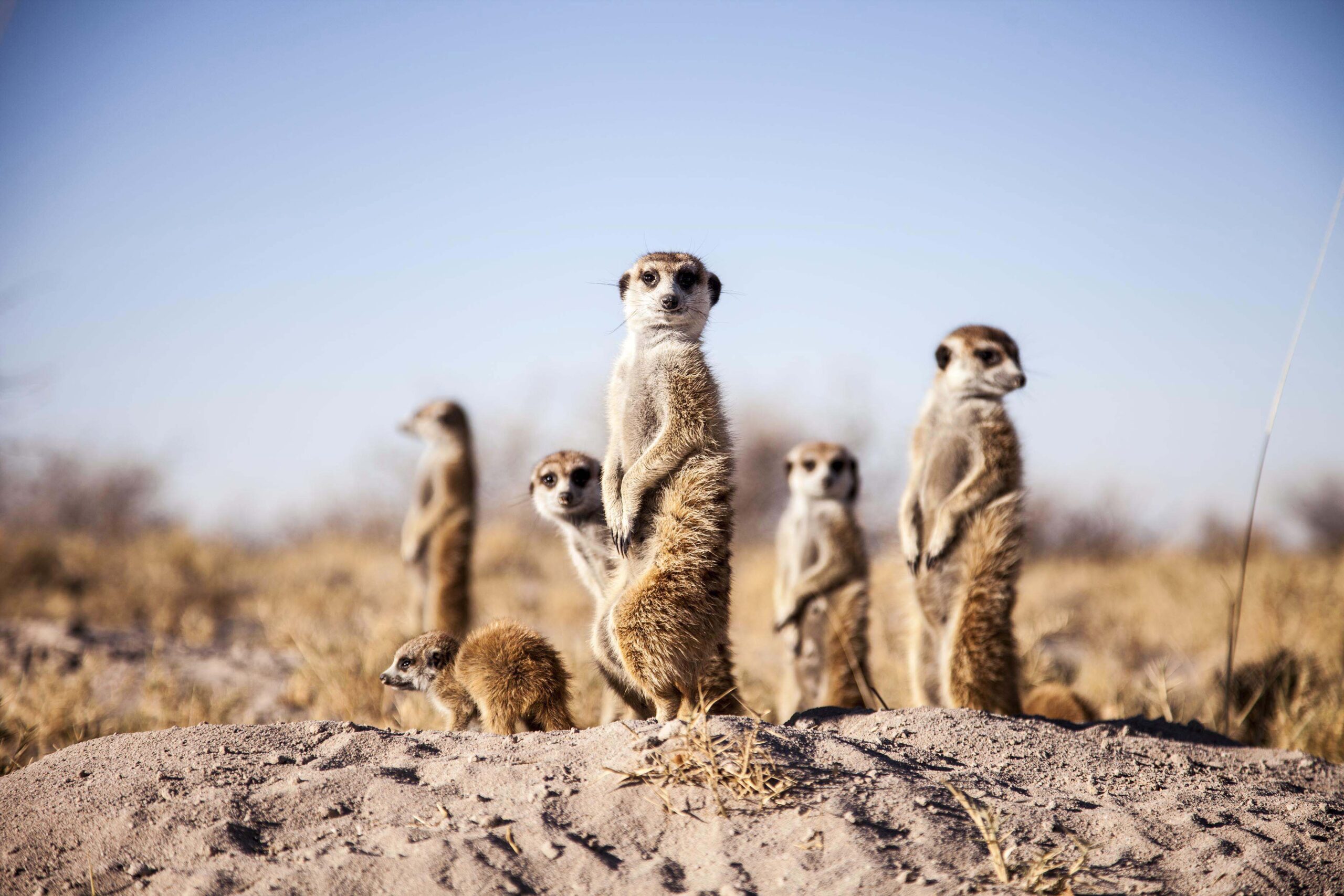
Tanzania
Tanzania is the country where we find the highest mountain in Africa – a single standing free mountain in the world which stands 5,895meters above sea level. This awe-inspiring country is East Africa’s most desirable safari destination famous for the annual wilderbeest migration and top rated wildlife opportunities. Northern Tanzania is home to and Ngorongoro Crater, Tarangire and Lake Manyara National Parks. The remote Katavi in the west is ready to excite visitors because of its untouched wilderness which in combination with Lake Tanganyika’s gin coloured waters and chimp filled forests of the Mahale mountains make up a perfect holiday safari. Selous and Ruaha National Park located in Southern Tanzania is one of the largest wildlife reserves in the world with a high concentration of lions and wild dogs. After a safari in the wilderness spoil yourself with the magic of Zanzibar – its white sandy beaches, balmy weather and clear warm tropical waters. This island is renowned for its people of diverse ethnic origins, unique culture, history, Stone Town’s distinctive architecture, coral reefs and rich marine which make it a perfect underwater destination suitable for snorkeling and diving.
Tanzania safaris
Originally a German colony, what is now recognised as the “United Republic of Tanzania” was handed over to British rule in 1919 following a League of Nations agreement post-WWI. In 1961, Tanganyika (which forms the vast majority of Tanzania’s landmass) declared independence, and merged with the neighbouring island territory of Zanzibar in 1964 to create the modern day Tanzania
It is East Africa’s essential safari destination. Famous for the annual wildebeest migration and big game in large numbers. There are 40 national parks and game reserves with a tremendous biodiversity and dramatic scenery with top rated wildlife opportunities and conservation.
Northern Tanzania is home to Mt Kilimanjaro highest mountain in Africa – a single standing free mountain in the world which stands 5,895meters above sea level, Ngorongoro Crater, Tarangire and Lake Manyara National Parks. The great wildebeest migration in the Serengeti has been the subject of many wildlife documentaries, and is a must see if you are planning a Tanzania safari holiday.
Selous and Ruaha make up one of the world’s largest wildlife reserves in Southern Tanzania. This southern region is a significant stronghold of big game. Almost 10% of the lion population, and nearly a third of the continents wild dog are found here. The remote wildness of Katavi will impress you. You could combine this with Lake Tanganyika’s gin coloured waters and chimp filled forests in the Mahale mountains and shoreline.
This combination is one of the best safaris in this part of Africa.
With Serengeti National Park to the west – a key location in the annual migration of millions of wildebeest and zebra. Lake Victoria, Africa’s largest lake and traditionally thought of as the source of the Nile, is nestled in the north-western corner and gives way to a blend of arable land and national parks as one heads southward. Along the way, Lake Tanganyika -the world’s second oldest and deepest lake forms the western border with the Democratic Republic of Congo, whilst the eastern border greets the warm waters of the Indian Ocean. Throughout this collection of geographical features there are 14 national parks and numerous conservation areas, covering an enormous 25% of the country.
Some of Tanzania’s income about 60% comes from coffee, cotton, tobacco, cashew nuts and natural exports of diamonds, Tanzanite, iron and especially gold.
Tanzania has a pleasant, tropical climate but has large regional climatic variations influenced by altitude and other factors. Coastal areas are the hottest and most humid, with typically 30°C daytime temperatures, and whilst the internal, open regions reach similar temperatures, the less humid environments making it far more comfortable. The rest of the interior parts of the country are typically mild – cool especially at night, and Mt Meru and Kilimanjaro reach sub-zero due to extreme altitudes. Tanzania has distinct dry and wet season.
June-August are coolest and the post-Christmas the warmest.
Like Kenya, Tanzania has two rainy seasons, a short one during November and December, and a longer one over the months of late February to May. There is very little rainfall outside these seasons.
Most safaris into Tanzania are based on either the very popular “northern circuit” based out of Arusha or the wilder “southern circuit” from Dar es Salaam, and typically a visit to the beaches of Zanzibar and Southern Tanzania follows either – the spectacular Bush and Beach combination safari. November–March are the main game viewing months and July–September become popular as the migratory herds move towards the Mara River through the Serengeti. The popular “northern circuit” includes the Serengeti, Ngorongoro Crater, Tarangire and Lake Manyara. We only use private driver or guided 4WD vehicles to escape the crowds, thereby allowing for a high degree of independence.
The “southern circuit” includes the Selous, Ruaha, Katavi and Mahale – all slightly less accessible and further off the beaten track than elsewhere in Tanzania; definitely a lot more enticing with small camps hosted by experienced guides in remote and wild locations.
Tanzania’s favoured hot spots are the famous Serengeti; Ngorongoro Crater; Lake Manyara and Tarangire Park in the north; Mahale on the edge of Lake Tanganyika is well-known for its chimpanzee sightings, Katavi and Ruaha for their vast open wildernesses and game rich Selous Game reserve.



